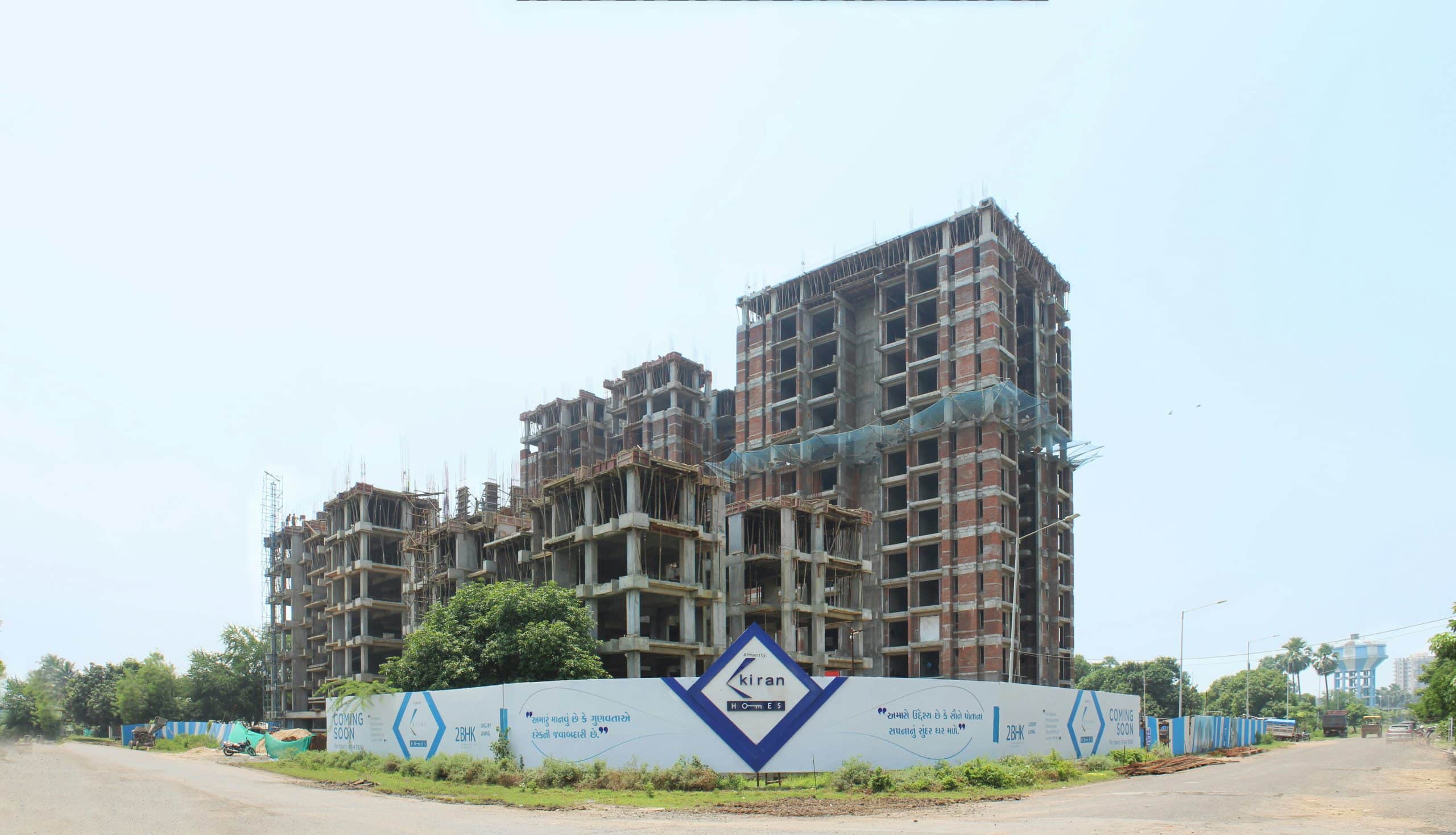What are the emerging trends in real estate for integrating urban agriculture and green spaces into residential projects?

As the world continues to urbanize, it is becoming clear that modern living needs to be balanced with a natural, green environment. The real estate sector is at the forefront of this green revolution. The integration of urban agriculture and green spaces into residential projects is an emerging trend in the real estate industry. It’s a shift that is not only transforming the face of urban areas but is also improving the quality of life for residents.
Urban Agriculture: A Sustainable and Healthy Residential Revolution
Urban agriculture, the practice of cultivating, processing, and distributing food in or around urban areas, is gaining traction in the real estate sector. As the world population increases and cities continue to expand, the demand for fresh, local produce is growing. Urban agriculture has the potential to meet this demand while offering numerous environmental and health benefits.
A découvrir également : What are the challenges and solutions for building affordable housing in dense urban areas?
Many developers are now incorporating urban farms into their residential projects. These farms vary in size and type, ranging from small rooftop gardens to large-scale vertical farms. For instance, residents might have access to a communal garden plot, where they can grow their own fruits and vegetables. Or, there might be a larger, shared farm operated by a professional urban farmer, with produce distributed amongst the residents.
This integration of urban agriculture into residential projects provides residents with access to fresh, locally grown produce, reducing their reliance on imported goods. It also promotes a healthier lifestyle, encouraging residents to engage in physical activity and to eat a diet rich in fresh fruits and vegetables.
A lire en complément : How can real estate projects leverage local artisan and craftsmanship for unique design elements?
Green Spaces: Breathing Life into Concrete Jungles
Alongside urban agriculture, the incorporation of green spaces into residential projects is another significant trend in the real estate sector. Green spaces, ranging from parks and gardens to green rooftops and walls, provide a breath of fresh air in the often crowded and polluted city environment.
Green spaces play a crucial role in enhancing the quality of urban living. They provide a natural environment for residents to relax, exercise, and socialize, improving mental and physical health. Also, green spaces can improve air quality, reduce urban heat island effects, and promote biodiversity.
Residential projects are being designed with green spaces as a key feature, providing residents with an urban oasis. For example, a residential building might include a communal garden, rooftop park, or even a green wall. Such features not only enhance the resident’s quality of life but also add aesthetic value to the building and the surrounding area.
Indoor-Outdoor Living: Bringing the Outdoors In
Another emerging trend in the real estate sector is the concept of indoor-outdoor living. This design approach aims to blur the boundary between indoor and outdoor spaces, allowing residents to enjoy the benefits of both simultaneously.
This integration of indoor and outdoor spaces is being achieved through various architectural and design techniques. For example, developers might include large, floor-to-ceiling windows that offer panoramic views of the surrounding greenery. Or, they might design open floor plans that extend seamlessly onto outdoor terraces or balconies, complete with comfortable seating and dining areas.
This blend of indoor and outdoor living spaces facilitates a closer connection to nature, even within an urban environment. It allows residents to enjoy the beauty of the natural world from the comfort of their own homes, providing a sense of peace and serenity that can often be hard to find in bustling city life.
Smart Green Technology: Pioneering a Sustainable Future
The integration of smart green technology into residential projects is another major trend in the real estate sector. Smart green technology refers to various technologies that promote energy efficiency and sustainability.
For example, residential buildings might incorporate solar panels to generate renewable energy, or rainwater harvesting systems to reduce water usage. Other smart technologies might include energy-efficient appliances and lighting, or automated systems for controlling heating, cooling, and ventilation.
The incorporation of smart green technology into residential projects not only reduces the environmental impact of urban living, but also offers substantial cost savings for residents.
These trends – urban agriculture, green spaces, indoor-outdoor living, and smart green technology – are transforming the face of urban living. They’re creating living spaces that are not only aesthetically pleasing but also promote a sustainable, healthy lifestyle. While these trends continue to evolve, one thing is clear: the future of real estate is green.
Eco-friendly Materials: Building a Sustainable Environment
Eco-friendly materials are gaining popularity in the real estate sector as builders strive to reduce the environmental impact of their construction projects. These materials, which are often derived from renewable or recycled sources, are less damaging to the environment and healthier for residents.
For instance, recycled metal and reclaimed wood are being used in place of traditional building materials. Not only do these recycled materials prevent waste from heading to the landfill, but they also require less energy to produce compared to new materials. Green concrete, a type of concrete that reduces carbon emissions by up to 50%, is also being used in many new builds.
Moreover, many developers are opting for natural, non-toxic materials for interiors, such as organic cotton for upholstery and low-VOC (volatile organic compounds) paints. These materials contribute to a healthier indoor environment by reducing residents’ exposure to harmful chemicals.
The shift towards eco-friendly materials is not only environmentally responsible, but it also makes good business sense. Consumers are becoming more educated about the impact of their purchasing decisions and are increasingly demanding sustainable options. As a result, residential projects that incorporate eco-friendly materials are likely to be more appealing to potential buyers.
Conclusion: Pioneering a Green Future in Real Estate
The integration of urban agriculture, green spaces, indoor-outdoor living, smart green technology, and eco-friendly materials into residential projects are significant trends reshaping the real estate sector. These trends pave the way for a future where urban living doesn’t just coexist with nature, but actively integrates with it.
Developers are recognizing the myriad of benefits these green initiatives bring, not only in terms of environmental sustainability but also in enhancing the quality of life for residents. From access to fresh, locally grown produce, to breathing spaces in urban environments, to energy-efficient homes, these emerging trends are creating a new vision for urban living.
As we continue to urbanize, it’s clear that the path to sustainable development lies in embracing these green trends. It’s not just about constructing buildings, but about building communities that are harmonious with nature. This shift in the industry is a testament to the real estate sector’s commitment to creating a sustainable future.
Ultimately, these trends are a positive step towards balancing urban growth with environmental responsibility. As we move forward, it is essential that we continue to pioneer and implement innovative solutions that promote sustainable, healthy, and high-quality urban living. The future of real estate is indeed bright – and green.
